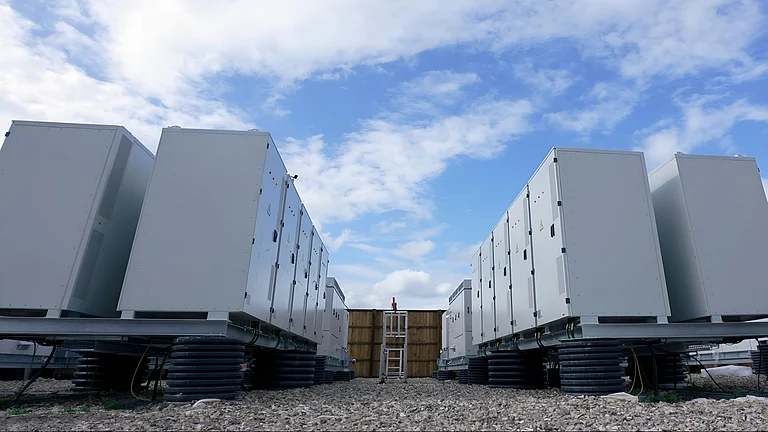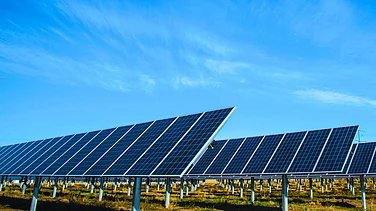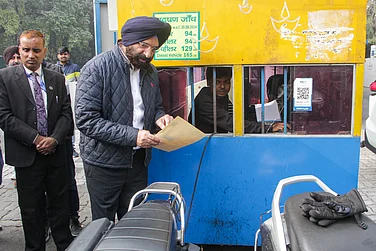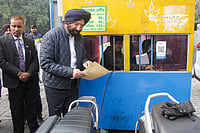The United Nations has released a draft document on climate financing, which is set to be presented at the COP29 summit in November. The draft outlines the conflicting positions of major country blocs, foreshadowing a challenging path to reaching a new climate agreement. The document, which was reviewed by AFP on Friday, will serve as the foundation for negotiations at COP29, to be held in Baku under the presidency of Azerbaijan.
The "New Collective Quantified Goal" (NCQG), as it is termed in UN parlance, is intended to succeed the current commitment by developed countries to provide $100 billion annually to help developing nations combat climate change. However, the draft presents seven broad options that reflect the divergent stances among the participating nations.
Among these, Arab countries are calling for developed nations to commit to at least $441 billion per year in grants between 2025 and 2029. They argue that such a commitment could mobilise loans and private financing, pushing the annual total to $1.1 trillion. Meanwhile, African countries are demanding an even higher annual target of $1.3 trillion.
In stark contrast, donor countries, identified at the 1992 Rio summit as including the United States, the European Union, the United Kingdom, Japan, Canada, Switzerland, Turkey, Norway, Iceland, New Zealand, and Australia, have dismissed these figures as unrealistic. They argue that, collectively, they now account for less than 30 percent of historic emissions and suggest expanding the list of donor countries to include China and the Gulf states, a proposal that has been met with resistance from these nations.
Canada has put forward a proposal within the draft, suggesting that the new financial targets should be met not only by the countries on the original Rio list but also by those with a gross national income (GNI) above $52,000 per capita or those ranking among the top 10 cumulative greenhouse gas emitters with a GNI of $20,000 per capita.
The European Union, while acknowledging that "developed country Parties continue to take the lead in mobilising climate finance from a wide variety of sources, instruments, and channels," stressed that the "collective goal can only be reached if Parties with high GHG emissions and economic capabilities join the effort." The EU further stated that all "global investment flows," both public and private, should total at least $1 trillion per year by 2035, although it did not specify the proportion that should come from wealthy nations. This position is closely aligned with that of the United States.
COP29 President-Designate Mukhtar Babayev has urged parties to intensify their efforts to find common ground on this critical issue. "We now only have 73 days before COP29 begins, and Parties need to accelerate their engagement on this top negotiating priority to reach consensus," Babayev stated.
The draft underscores the significant challenges that lie ahead as nations grapple with the complex task of securing sufficient climate financing while balancing the differing demands and capabilities of developed and developing countries. With the clock ticking down to COP29, the pressure is mounting on negotiators to bridge these divides and forge a viable path forward.






























